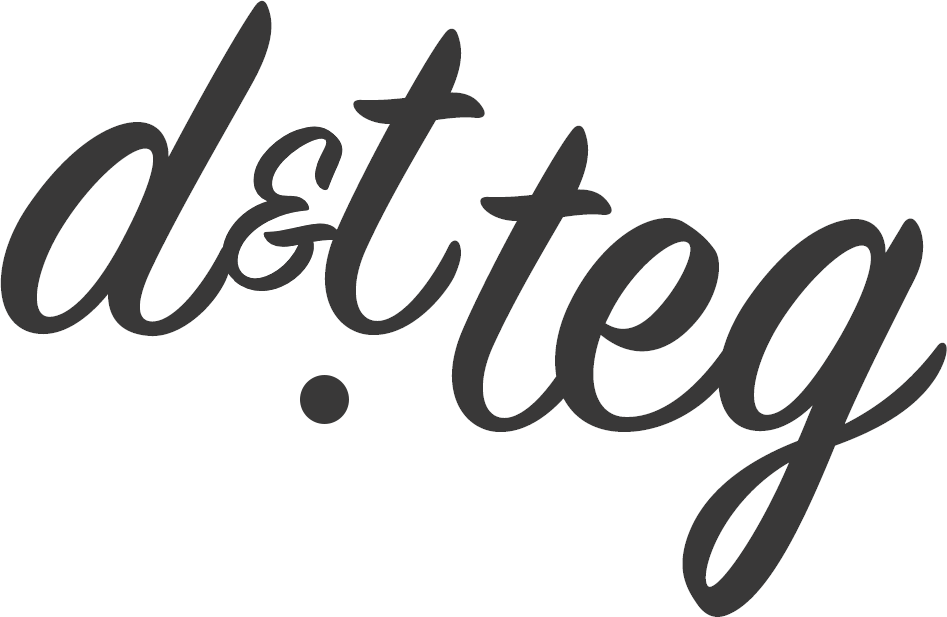Drew Wicken, Director of Design & Technology, Co-op Academy Stoke-on-Trent
I completed my teacher training over a decade ago, when design and technology (D&T) was fragmented into many different subject disciplines. I had the privilege of completing a 3-year degree in D&T with education. This helped build and shape my knowledge of the subject and gave me a strong foundation from which I could develop my pedagogy. Moreover, I gained a greater awareness of the multifaceted nature of the subject, allowing me to teach across a broad range of D&T areas. However, I noted that many people studying at the time left their teacher training having specialised only in one, maybe two, areas within the subject. Nevertheless, whatever route you took, be it through an undergraduate or postgraduate route, we were all trained to be D&T teachers, regardless of our supposed subject discipline. Since the reforms under the Coalition Government, the fragmentation of our subject has (rightly) been removed, referring to what the original National Curriculum set out, one subject under the name D&T. Whether you see yourself as one type of teacher or another, we are all still D&T teachers.
When I began delivering the subject expert days for the local school centered initial teacher training (SCITT) provider, my preconceptions were that these student teachers would have been recruited as teachers of D&T, with the fragmented labels such as textiles, resistant materials, food, being a thing of the past. However, I was greatly misinformed and found it not to be the case with the outdated terms still being referred to throughout the delivery model and recruitment to the SCITT. Initially, this was an incredibly disheartening moment for me, as from my perspective we had moved forward as a subject.
As a teacher educator, this is an issue for me due to the damage it causes our subject when teachers only see themselves as a specific type of D&T teacher e.g., textiles, food, graphics, etc. As discussed before, we are all trained to be D&T teachers, therefore we should all be willing and able to deliver across a broad spectrum of the different areas within our subject. The subject ‘in-fighting’, as to what people believe they can only teach within D&T, does great harm to the image and reputation of the subject and is, in my opinion, part of the decline in GCSE entries in England. Therefore, coming into a school-based ITT programme and seeing the use of these outdated terms was a big red line for me. In response, I looked to influence this narrative and ensure that the student teachers were not disadvantaged by being introduced to a dated model of the subject.
When beginning my delivery of the subject expert days I made sure that, throughout all of the sessions, the content would be taught as D&T. There would be not a single reference to fragmentation of the subject and instead discussions around the National Curriculum and exam specification content as to how the subject looks holistically across a broad range of different areas. When in discussions with the student teachers at the beginning they were very much referring to themselves as teachers of a discipline within D&T – i.e. “I’m a teacher of textiles”, etc. After having many deep conversations with them, discussing the reasons behind the fragmentation and how it was vital they recognised themselves primarily as teachers of D&T.
As a result, they began to get excited to develop their practice into areas they had previously been fearful of. With the possibility of teaching something in a workshop or a design studio, it was going to allow them greater confidence and competence within the subject they would be working in. Furthermore, the andragogical approach I took was to ensure that when delivering knowledge and skills to be used in the classroom, it was for areas of the subject
that the students were either limited or unknown in their knowledge. This would enable them to explore these areas further and build it into what they taught in a lesson. An example of this was the use of the Crumble microprocessors and how they are used and taught in Key Stage 3. The students found the content to be extremely interesting and once they had got to grips with the setup and programming, found it easy to work with and, most importantly, felt confident they could plan and deliver it as a series of lessons.
As we have progressed across the different sessions I have delivered, I have seen the narrative of the student teachers change. They see themselves first and foremost as teachers of D&T, offering a variety of different learning opportunities to enhance what schools offer. Moreover, some of the discussions with the student teachers were about the departments where they are currently on placement. This highlighted how they were seeing and having their first impressions of D&T influenced by departments still working in outdated, fragmented curriculum models. This is exactly what I want from the student teachers, changing the norms and engaging critically to provide the best possible education for the children we teach. As we continue through this academic year, I have been humbled to see the change in their perspective of the subject and that they can view themselves teaching across all areas of the curriculum, not just one. This will ensure the development of our subject for years to come, ensuring it has a bright and successful future.


